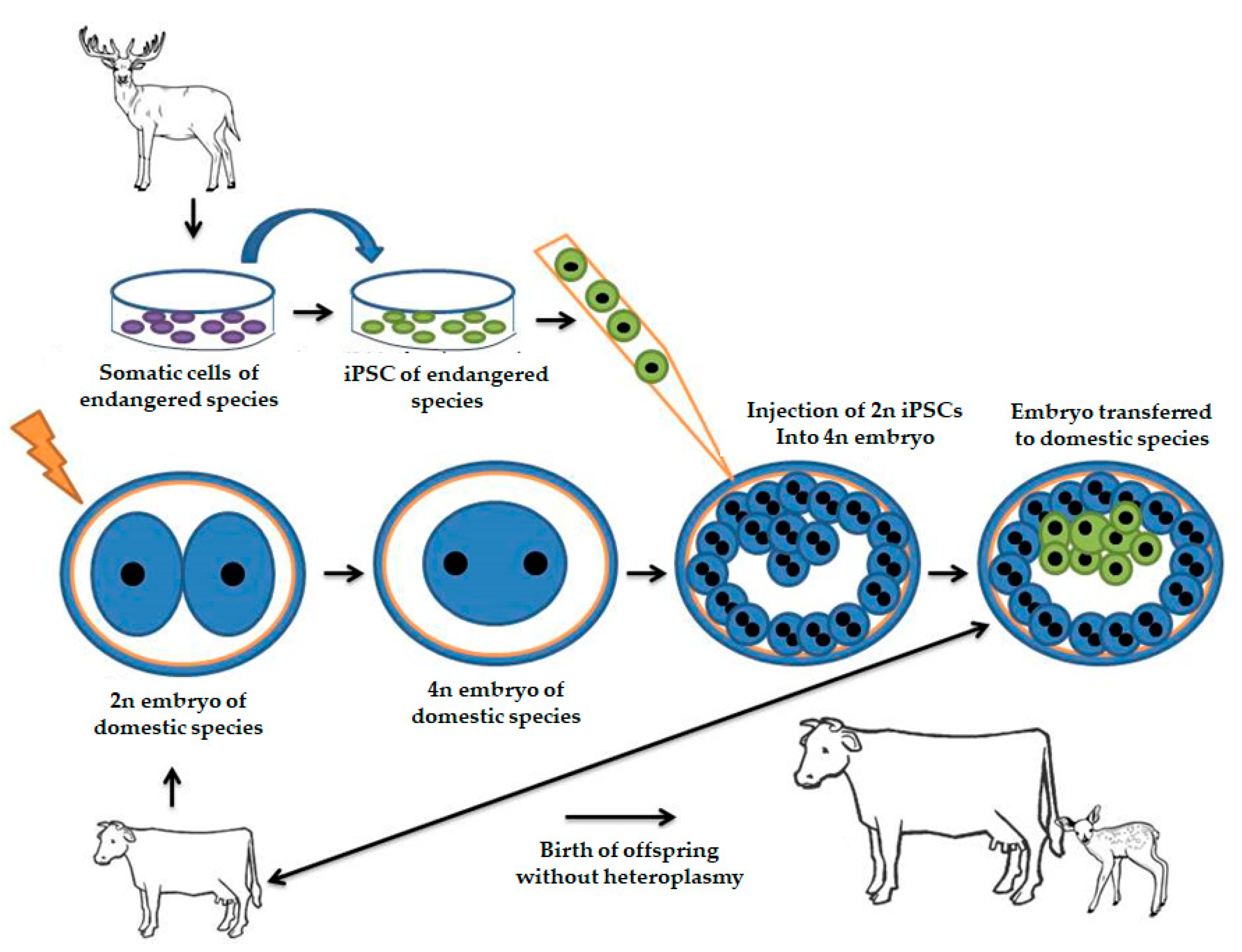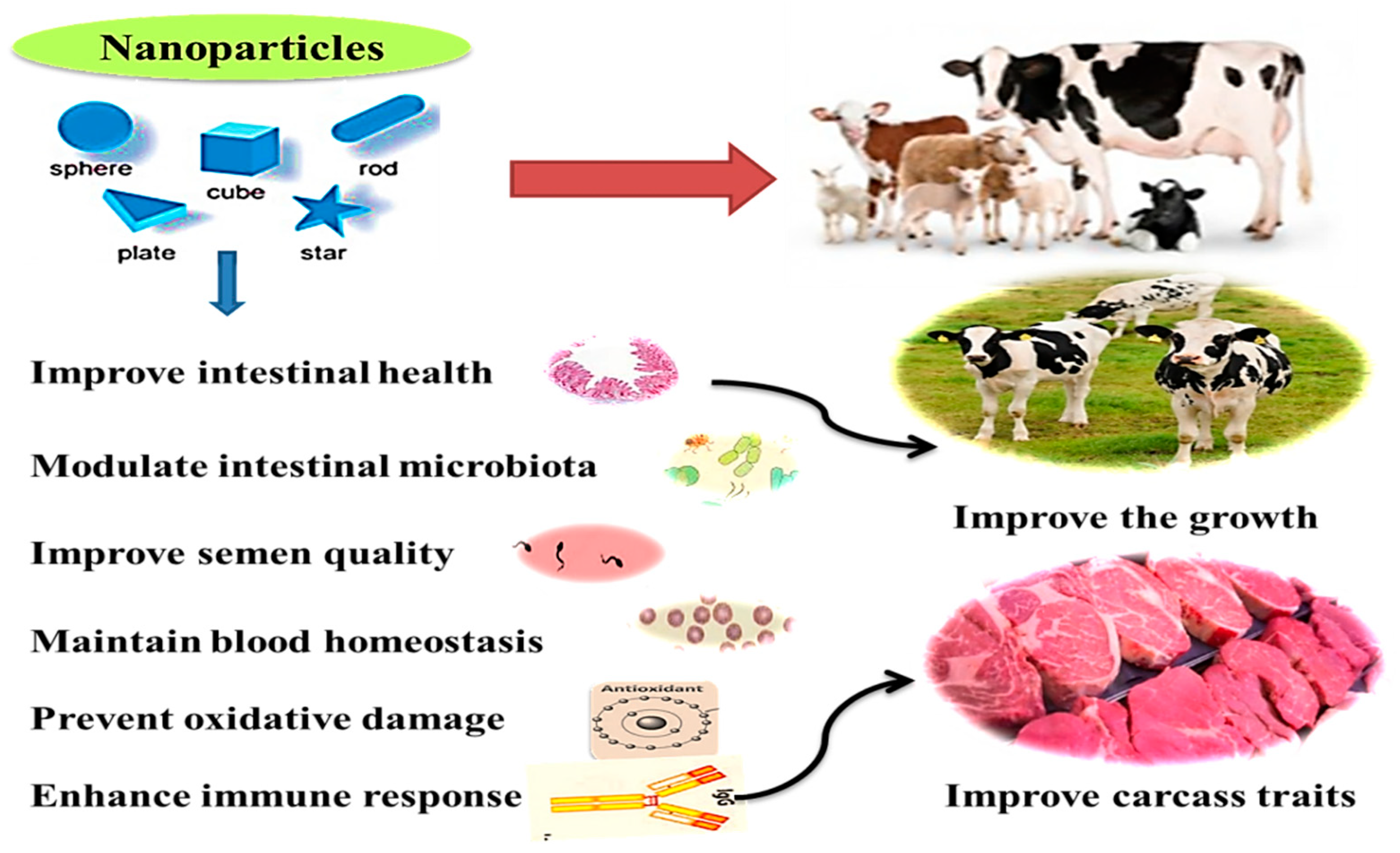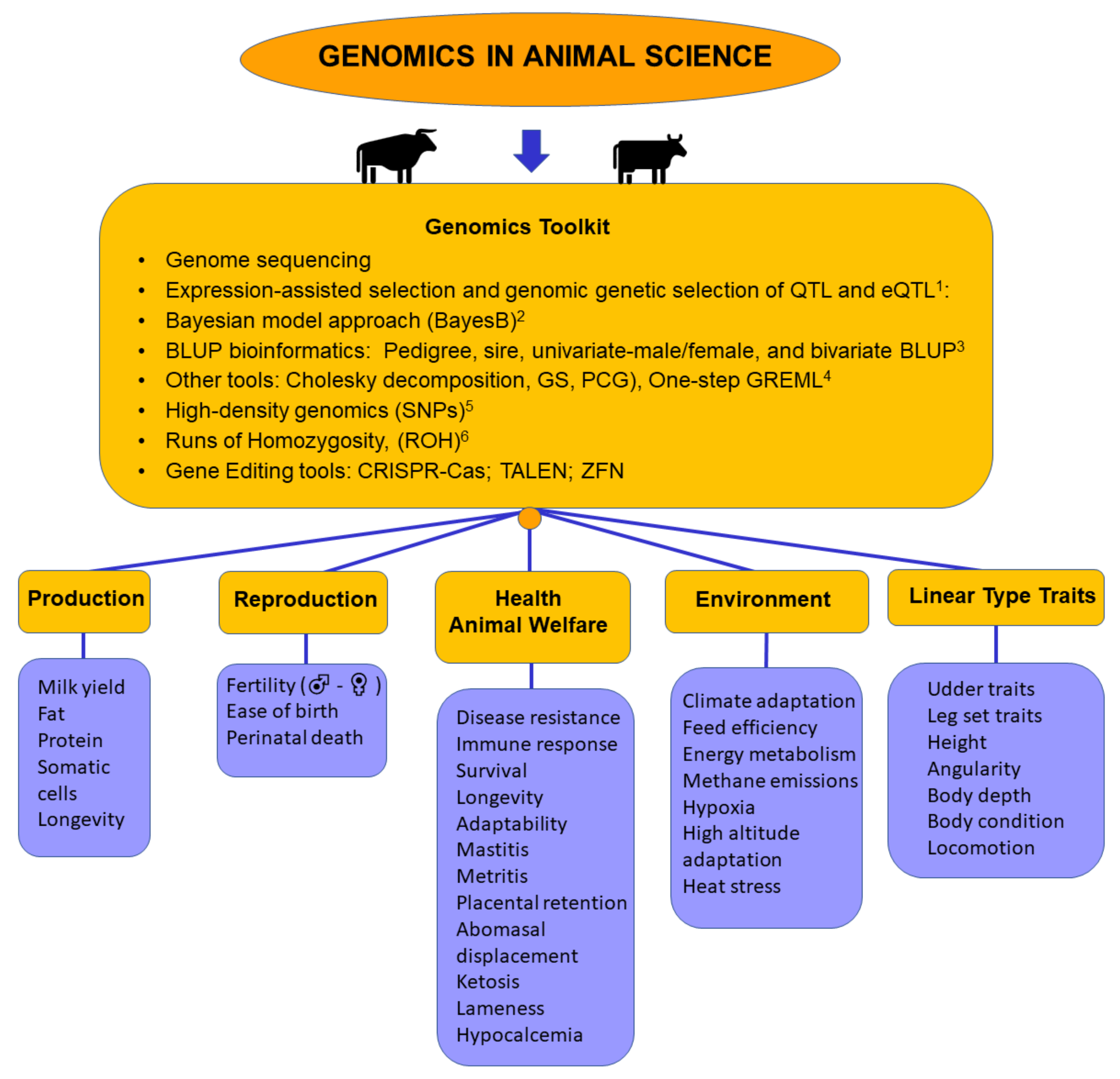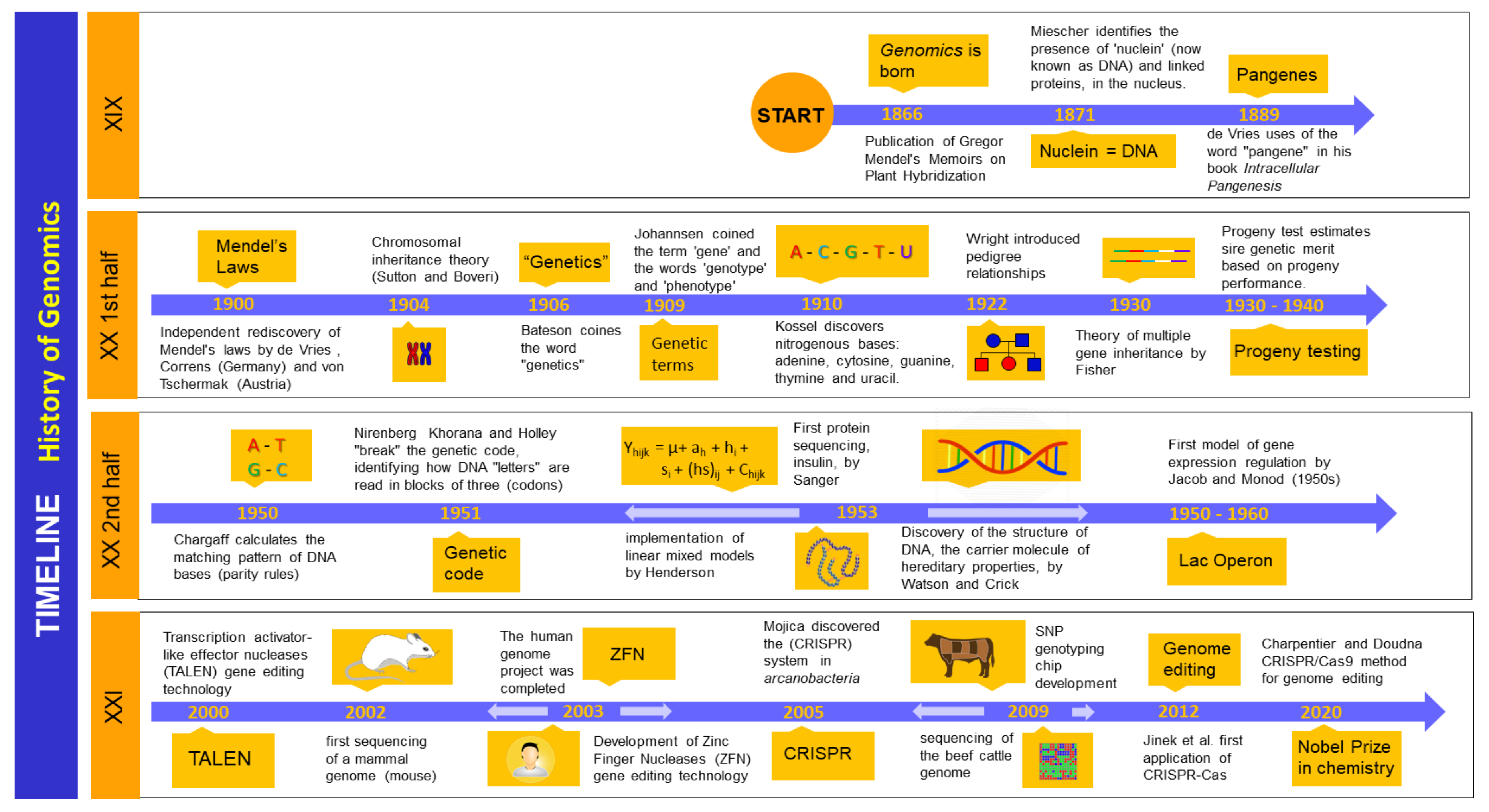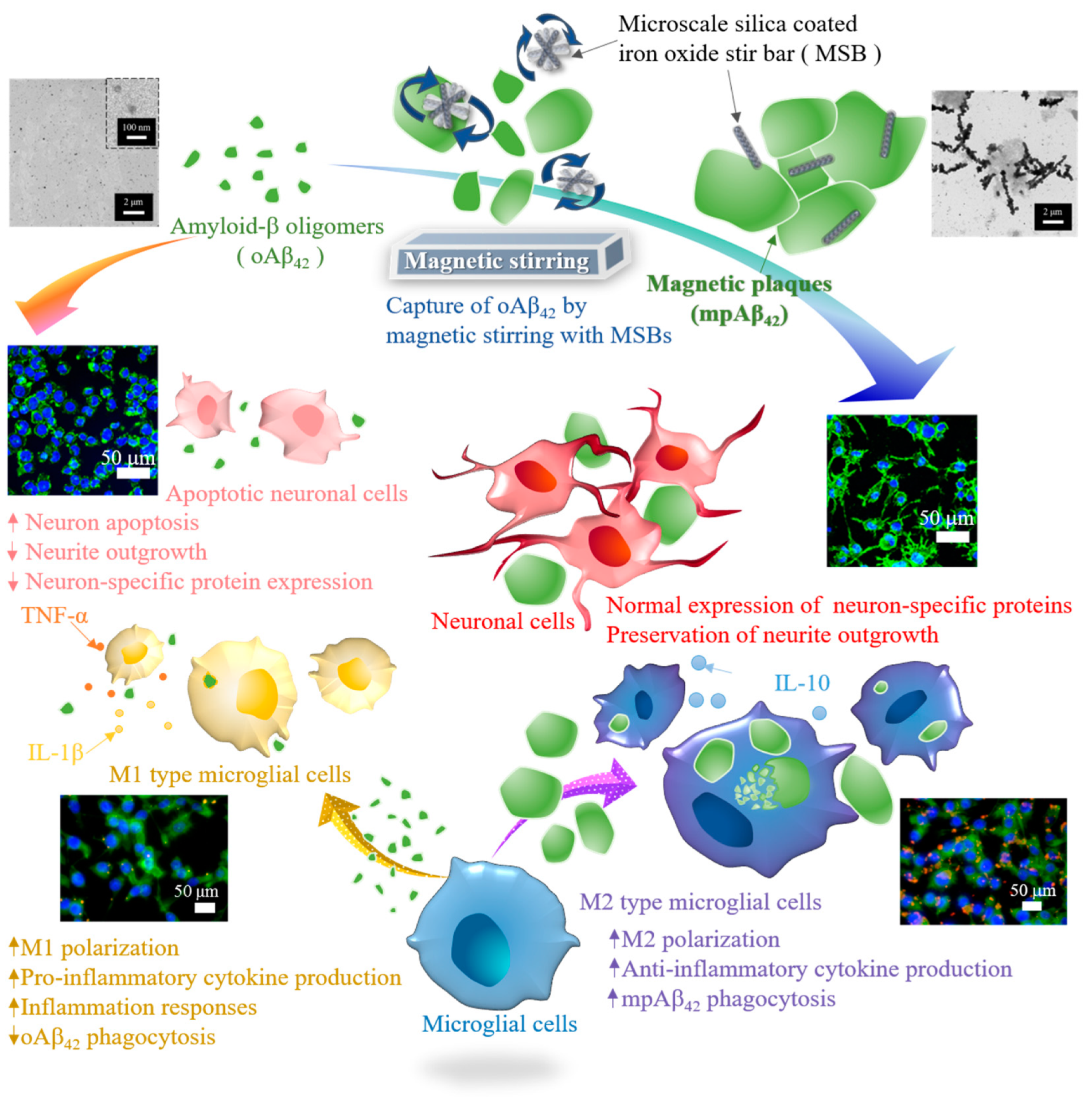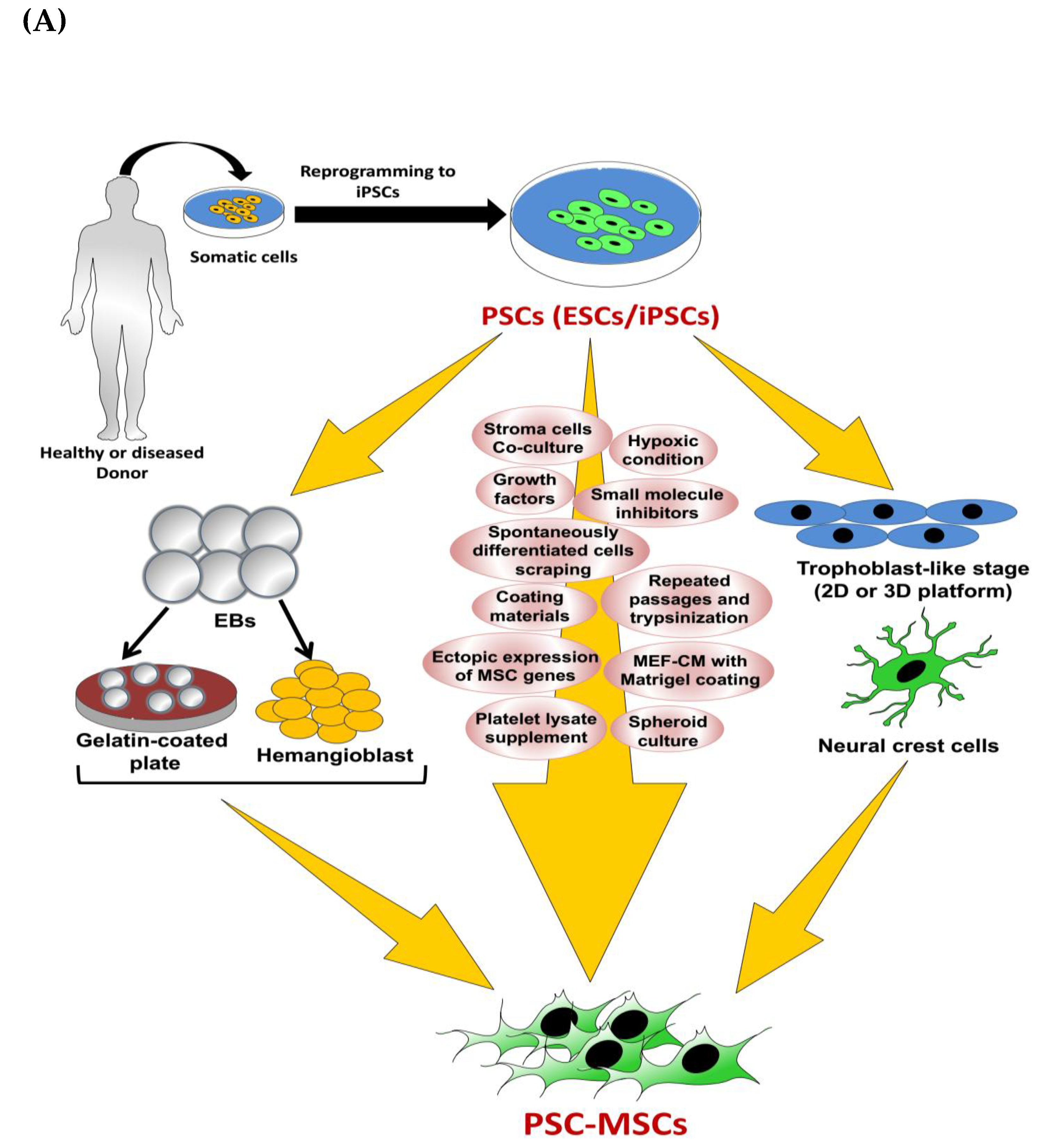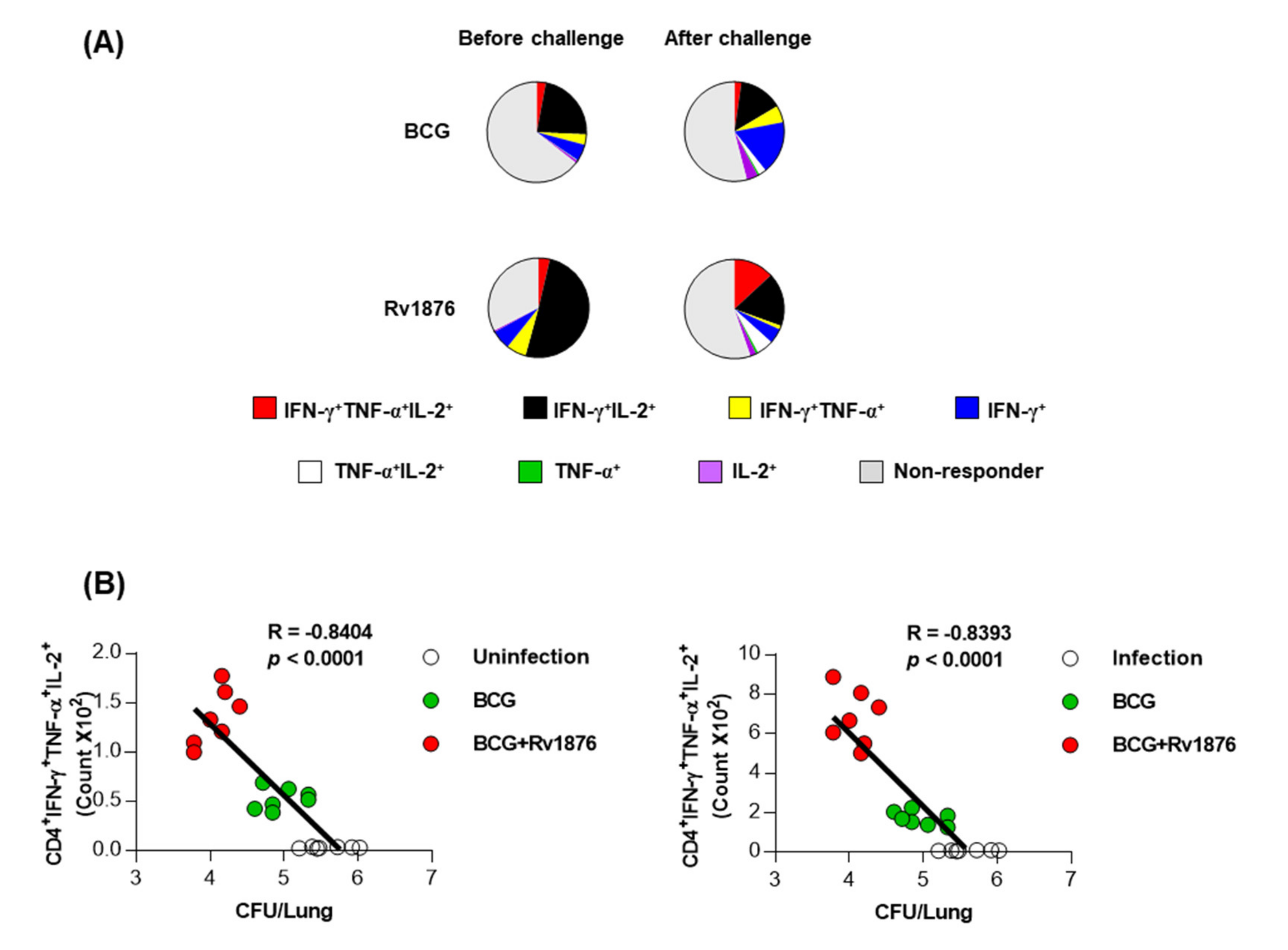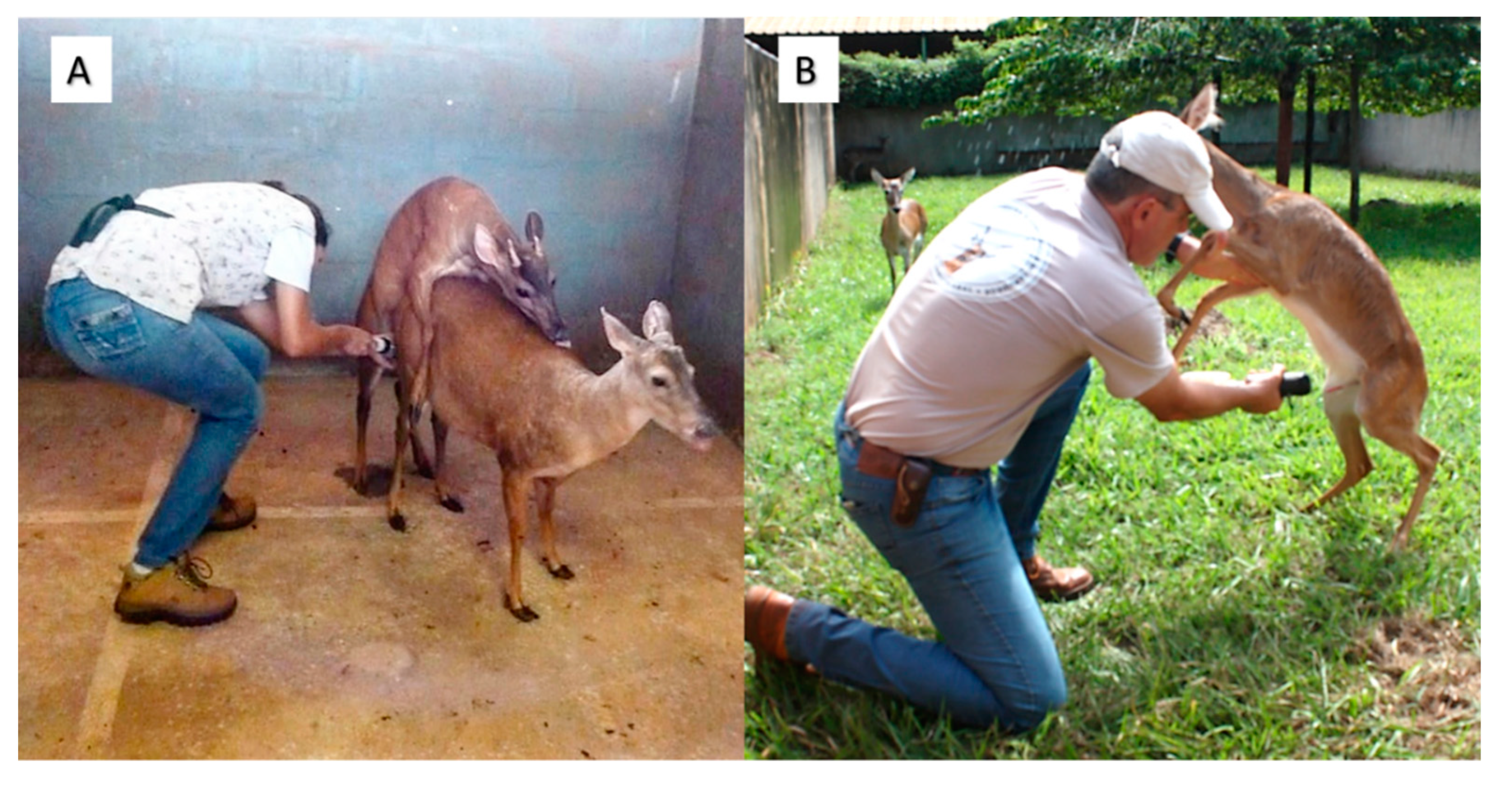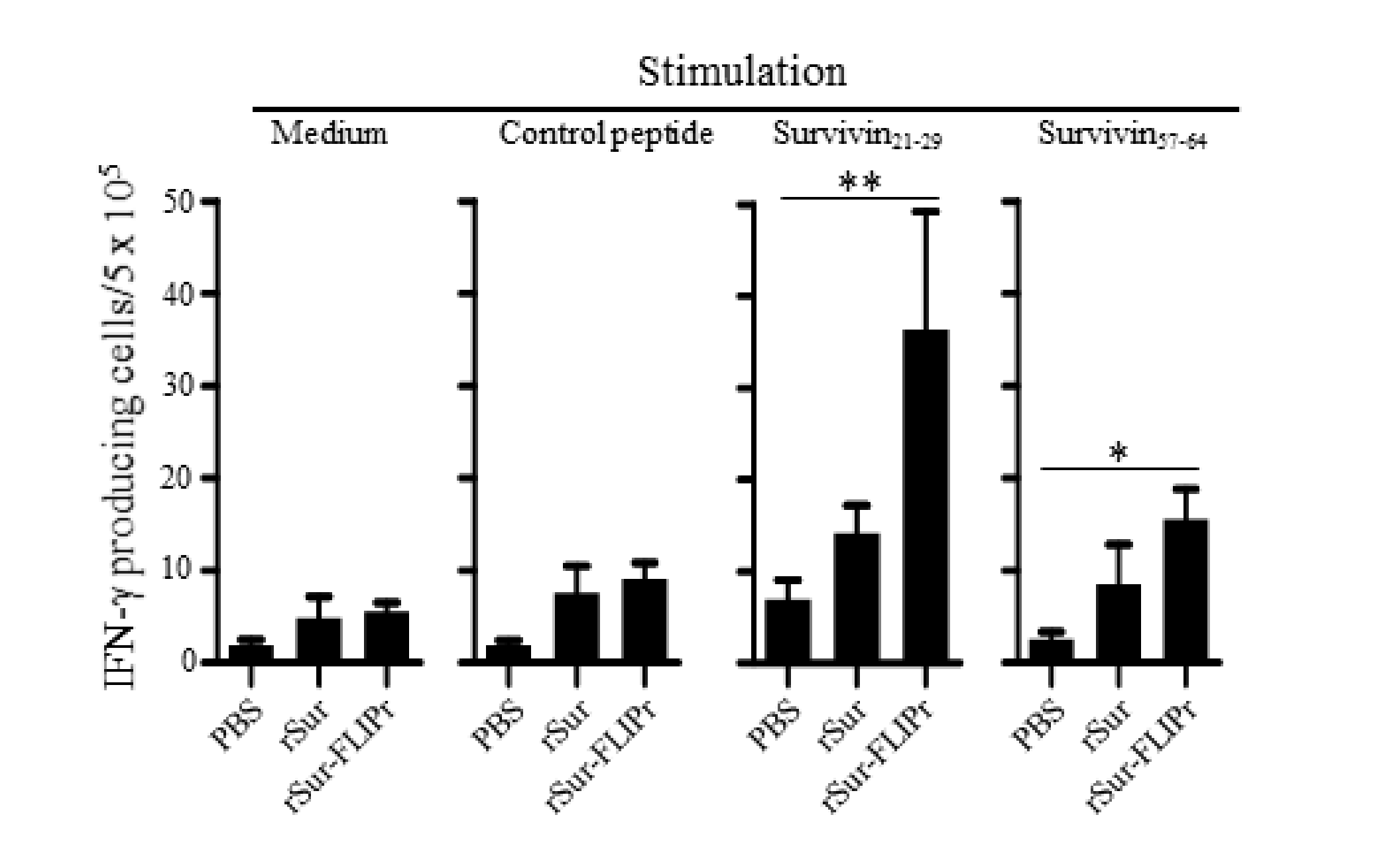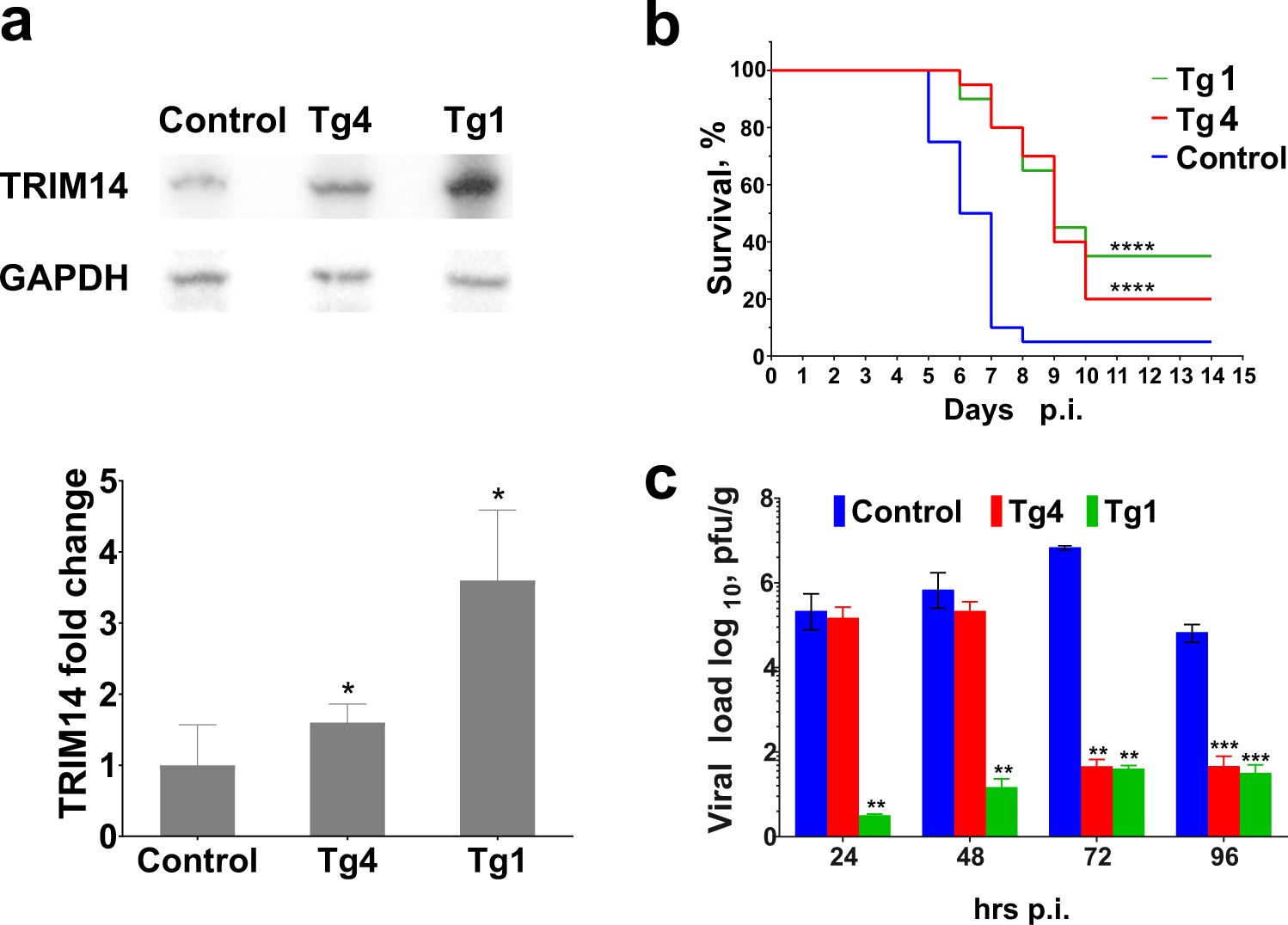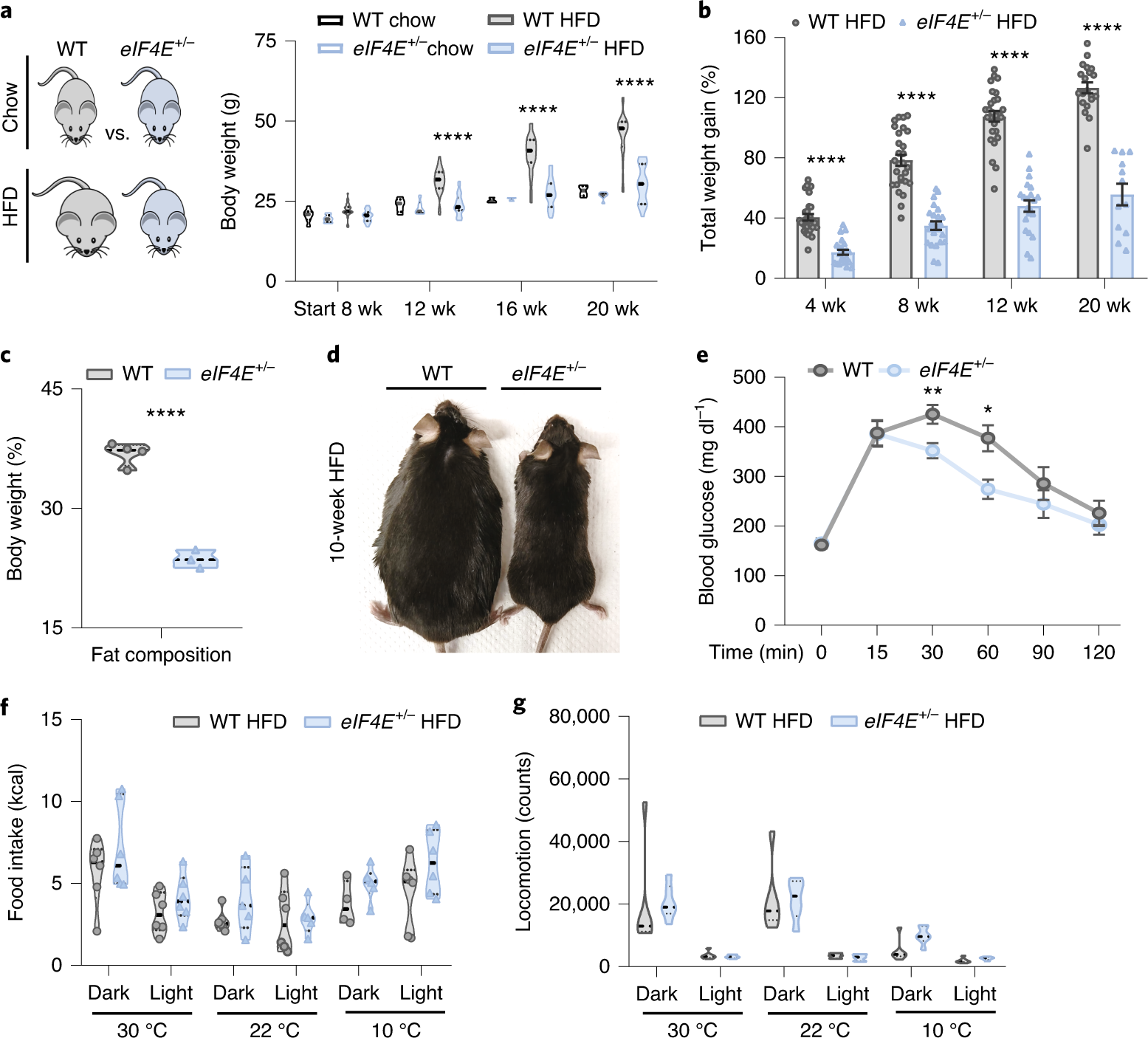Production Of Transgenic Animals Notes
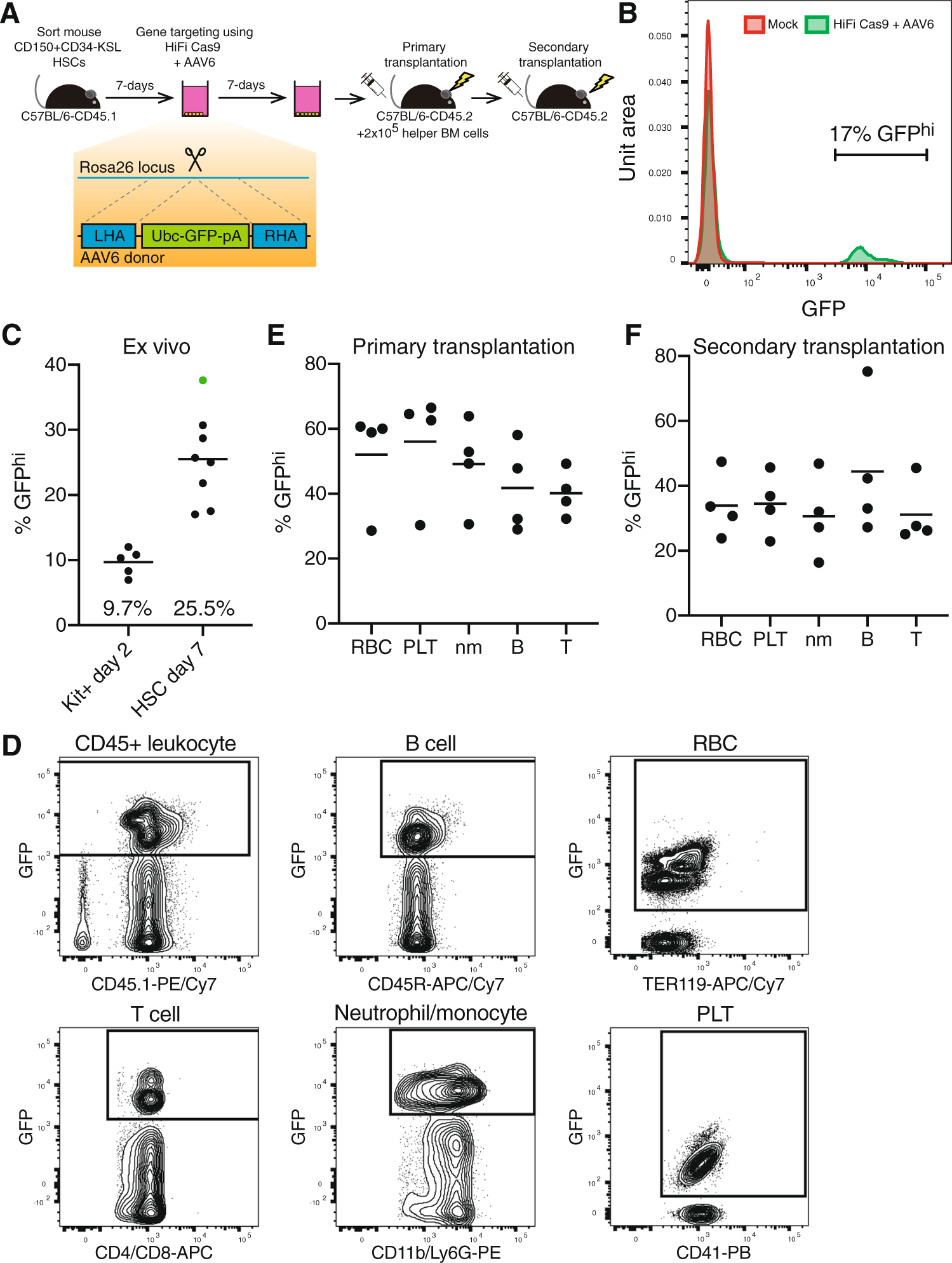
Theses mechanism is absent in cell culture.
Production of transgenic animals notes. The transgenic expression is not only used to breed animals which have specific traits but also to breed animals that are lacking specific genes This technique is called as knockout or gene. After injecting the DNA the embryo is implanted into the uterus of receptive females. The main principle in the production of transgenic animals is the introduction of a foreign gene or genes into an animal the inserted genes are called transgenes.
PowerPoint PPT presentation. Microinjection blastocyst injection and using a retrovirus Nuclear transfers Artificial chromosomes for gene transfer PRODUCTION OF TRANSGENIC ANIMALS THE METHODOLOGY. The development of transgenic animals has been part of biotechnology research which has been expanding rapidly.
To yield industrial as well as consumer product To research human diseases To produce pharmaceutical products and tissue for implantation. The first transgenic animal was produced is mice by injecting DNA to mouse embryos then implanting the embryos in female mice. The transgenic animals are created because of the benefits they provide to the man.
ES cells are obtained from the inner cell mass of a blastocyst. Transgenic mice are developed by injecting DNA into the oocytes or 1-2 celled embryos taken from female mice. 43 Creation of the transgenic animal A number of methods are currently in use for the creation of transgenic animals.
Transgenic animals can be used to produce valuable products. Transgenic animals produced with the purpose of producing better and good quality breed increased in milk yield as well as to produce organs to meet the demand for organ transplantation. Due to the controversial concept of cloning and scientific testing on animals there are many questions that revolve around this topic.
Transgenic animals are used as tools in research and for the production of recombinant proteins The main applications of transgenic animals are described as follows. One favoured method involves the inoculation of the DNA into the pronucleus of a fertilised ovum followed by implantation into pseudo pregnant females. Genetically modified animals are proving ever more vital in.
